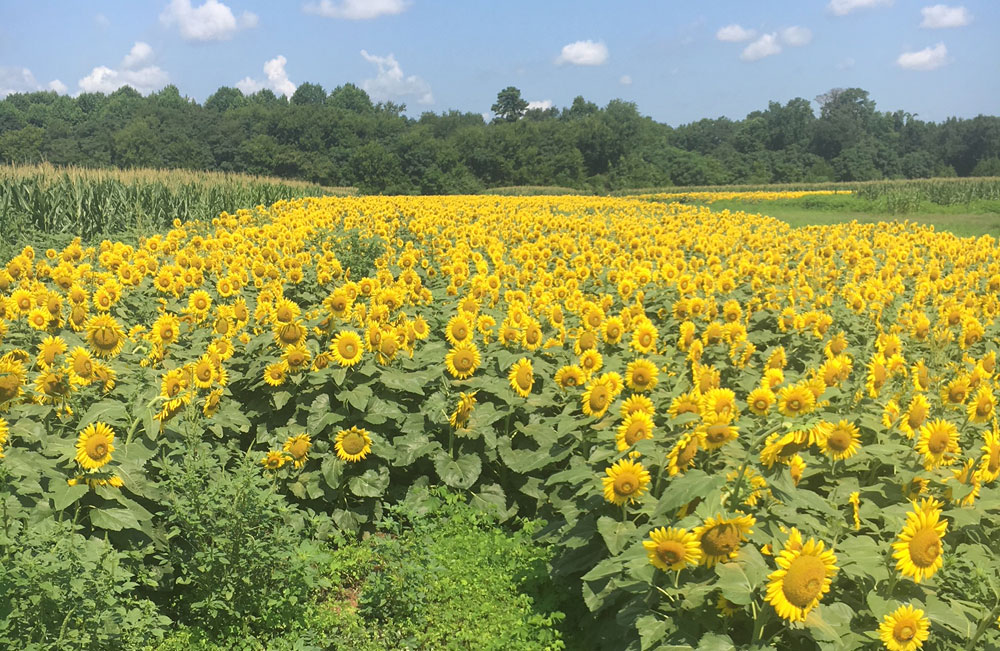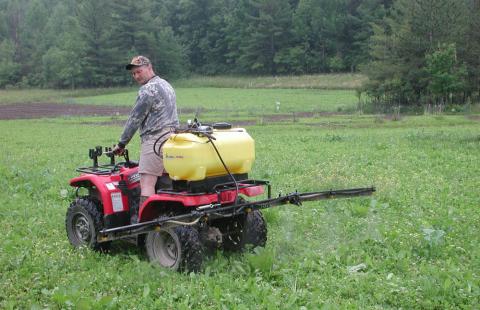Mossy Oak feels fortunate to have members of our Pro Staff who are seriously trying to improve habitat and food availability to produce more wildlife on the lands they hunt. One such GameKeeper Pro is Travis Sumner from Edgefield, South Carolina. Sumner is the Hunting Heritage and Habitat Manager for the National Wild Turkey Foundation (NWTF). He also manages the Mossy Oak GameKeepers Southeast Field Staff.

To ensure that you'll have doves to hunt during opening day of dove season, preparation of these areas needs to be on your schedule now. Corn is always a popular planting for doves but with so much of it used in ag production today, using something different can be just what the doves want to be on your property. Sunflowers, millets, and sorghum are all excellent plantings for doves and other game birds. Depending on the variety, these usually need around 90 days of growth before the seed begins to mature and dry down. This window of time is why it is critical to know what you are planting, when you plan to hunt, and the maturity date of the planting. Whistle Back, a warm season blend of sorghum, three varieties of millets, and sunflowers is really easy to plant and already has great ratios of seed producing plants that doves really like to use.
If planted at the proper time, these seed-producing plantings are starting to mature and dry down sometime in August, and you can start cutting portions of the crops to encourage birds to start using the field if they aren’t already. We can cut a portion of each one of those crops as they seed-out and keep doves coming to our fields to feed throughout dove season. We like to give the doves a smorgasbord of different types of seed that they can feed on.
If you have areas that are overgrown fields or plots that were planted the previous fall in cool season annuals and let go, you can manipulate them to attract doves as well. Spraying with a non-selective herbicide and then using fire a week or so later can create a clean area with a lot of native seeds that doves really use well. Using this tactic just a couple weeks before the season can be a great way to add diversity and attraction to your other bird plantings.




























